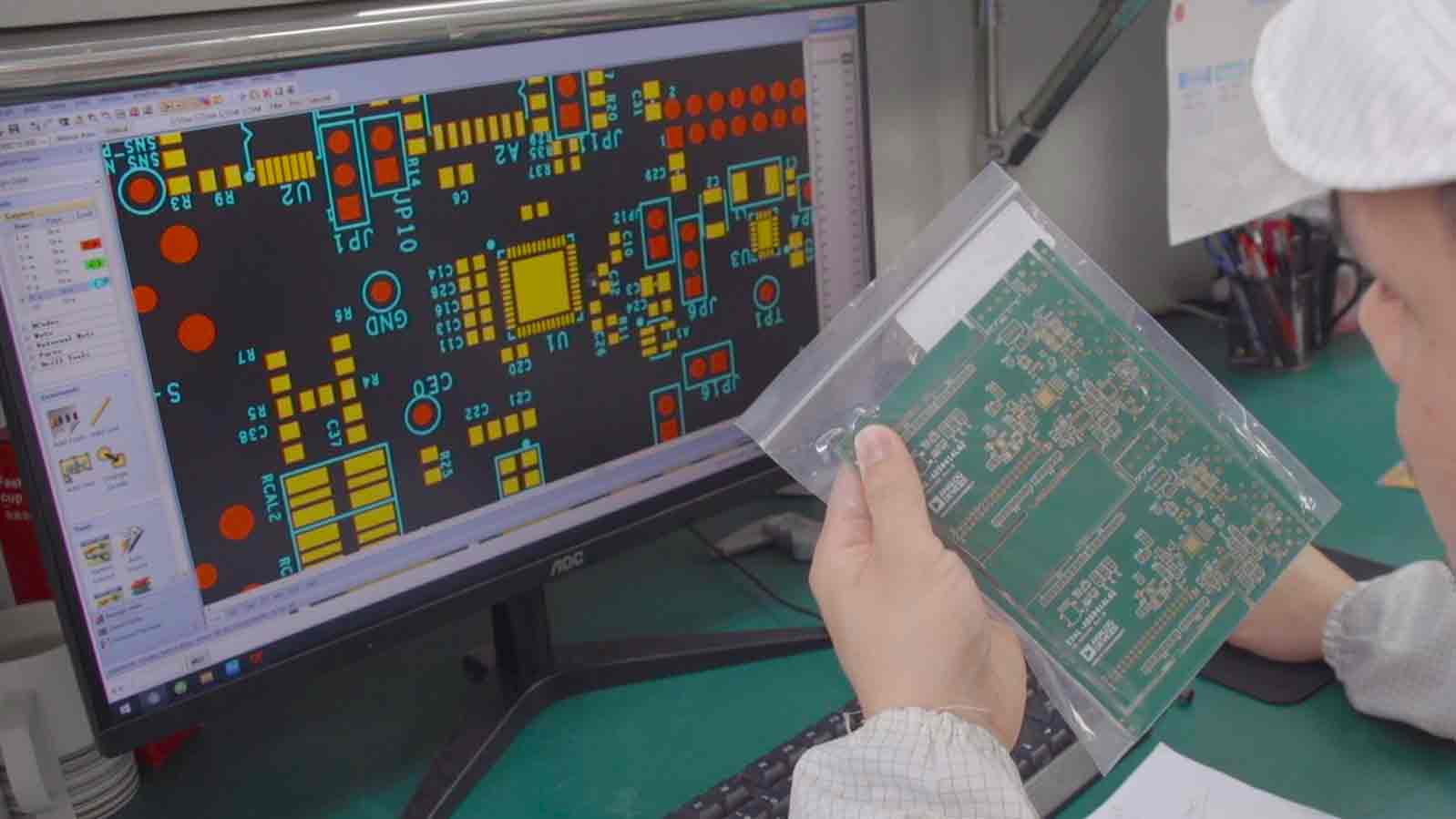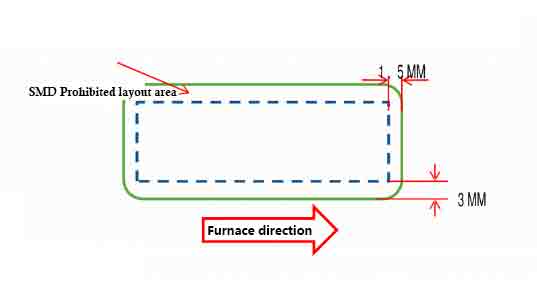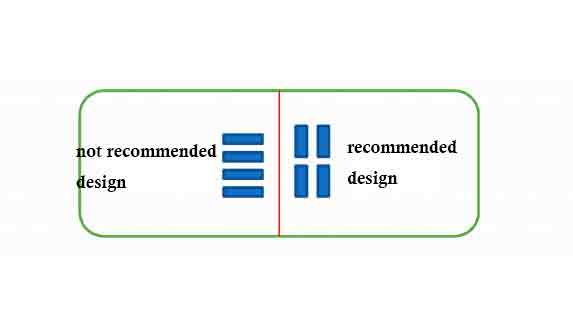

Global high-mix volume high-speed PCBA manufacturer
9:00 -18:00, Mon. - Fri. (GMT+8)
9:00 -12:00, Sat. (GMT+8)
(Except Chinese public holidays)


Global high-mix volume high-speed PCBA manufacturer
9:00 -18:00, Mon. - Fri. (GMT+8)
9:00 -12:00, Sat. (GMT+8)
(Except Chinese public holidays)
HomePage > Blog > Knowledge Base > PCBA process review
With the advent of the Net of Points era, the electronics producing industry has established rapidly. More advancement means larger competition in the PCBA industry.
The intensification of competition in the industry makes PCBA pricing constantly increase. All PCB assembly suppliers must continuously improve their competitiveness, such as service quality and product delivery rate. By constantly improving, companies can meet customers’ requirements for PCBA manufacturing and quality assurance.
PCBasic's experience of over a decade in PCBA manufacturing has shown that the foundation for successful PCBA projects lies in a thorough process review. Doing a comprehensive process review is a necessary prerequisite to ensure the delivery of products on time. Quality, quantity, and the right timing are crucial for each and every PCBA project. In some cases it can make the whole pcba project accomplish twice the result with half the initiative. This post will talk about “how to do a PCBA process review".

Professional PCBA designers carry out a thorough evaluation of the job prior to manufacturing pcba. They rely on their experience to detect and correct defects in the process design. By doing so, they can make improvements, and promote the creation of perfect process production documents. The goal is to ensure high-quality product design and process.
To prepare for PCBA assembly production, a process review is essential. It can detect and prevent potential problems, reducing the risk of production issues and associated costs. This review can also standardize the PCBA process, improve production efficiency, and maintain product quality and delivery. Inconsistencies between BOM materials and PCB pads, unreasonable PCB pad design, etc… all can cause abnormal production or midway modification. A lack of PCBA process review may have contributed to these issues with previous manufacturers.
Important stages in PCB process review
The process review covers the entire product development process, with three main aspects. Those aspects mainly are DFM design (Design For Manufacture) for manufacturability, special components, and customer-specific requirements.
DFM design of PCB
During the process review, we can improve any issues found to ensure the processability, manufacturability, and testability of the PCB. This optimization of the whole manufacturing system improves product manufacturability and also work efficiency.
PCB material and temperature resistance
PCB circuit boards typically withstand temperatures up to 300 degrees. However, there are various materials such as 94HB/94VO/22F/CEM-1/CEM-3/FR-4, with varying temperature resistance grades. 94HB is the lowest-grade material. We should not forget to adjust the Reflow temperatures based on the board material and pre-baking. This is especially true for soft boards which require baking at low temperatures.
PCB process side
The process side is the edge of the PCB that equipment and tooling clamp during production. No components or marks should be within 3mm of the edge. The reason behind it is that the SMT machine clamps the edge through a chain track. PCBasic always advises customers to improve the PCB board for future production in order to avoid such common mistakes.

PCB board thickness and size
During assembly, large and thin PCB boards can easily deform, requiring production auxiliary fixtures. Small PCB boards cannot be produced, we suggest customers make multiple boards when returning orders. Customers doing so will ease production and increase efficiency.
Component distribution
Arranging the component serial numbers from left to right is important during the review process, not to mention always checking whether the component layout of the PCB design is uniform, compact, neat, and regular. Positioning Heat-sensitive components away from heat sources will affect the longevity of the components. Ensuring the components are not exposed to intense overheating damage. The spacing between components should meet welding requirements to avoid collisions. Additionally, polar components of the same type should be consistent in the X or Y direction. Larger and bulky components should be placed around smaller ones. Finally, the order of wave soldering plug-in components should be arranged from small to large.
PCB pad coating
PCB surface treatment options include chemical nickel plating, silver immersion, tin spraying, and OSP. When using OSP boards, it’s important to check for oxidation resistance and use nucleic acid solder paste for production. We shouldn’t forget to always check the pad flatness for tin plate boards as unevenness in tin spraying can negatively impact the solder paste printing effect.
PCB silk screen printing
Ensure that silkscreen characters are clear and do not cover pads, and avoid overlapping or crossing of silk screens.
Check if components and mounting holes match the silkscreen drawing and if ICT positioning holes and SMT positioning cursors meet process requirements.
PCB V-Cutting
When the PCB is divided into boards, the V-Cut part will be strongly generated, and the engineer needs to judge whether it will cause damage to the components on the vertical V-Cut line.

Baking sensitive SMD components
Before placing humidity-sensitive components on the production line, it is necessary to bake them to remove any absorbed moisture that can cause problems during the assembly process. Additionally, these components are normally bound with a limited reflow time. We do this to avoid any damage that may occur during the soldering process.
To ensure their proper functioning, temperature-sensitive components such as connectors, inductors, film capacitors, etc. must undergo pre-production furnace temperature curve testing. This process helps to ensure that the temperature is within the acceptable range and prevents any damage to the component during the reflow process.
Special components such as BGA (ball grid array) require special attention during the assembly process. It is necessary to evaluate whether it is necessary to make fixtures or other auxiliary production aids to ensure a successful assembly process. It is also important to note on the circulation order that an X-Ray inspection process is required for these components.
New packaging or heterogeneous components, such as ICs, connectors, and other special-shaped components, require careful consideration during the assembly process.
Important PCBA components
For special components such as BGA, it is important to evaluate whether fixtures and other auxiliary production are necessary to ensure accurate placement during production. The process includes a test to check whether BGA balls under X-Ray are properly formed and aligned. It is also necessary to note on the circulation order that the X-Ray inspection process requires to ensure the quality of the BGA connection.
In the case of new packaging or heterogeneous components, such as ICs, connectors, and other special-shaped components, it is necessary to consider the suitability of existing suction nozzles for these components. If a suitable suction nozzle is not available, it may be necessary to customize one to ensure proper placement during production. Finally, studying the appropriate placement method is essential to ensure high efficiency and precision in packaging these components. This includes considering the orientation and alignment of the components, as well as the spacing between them to prevent collisions during placement.
Customer requirements
Some boards are prone to discoloration and deformation after being subjected to furnace temperature. It is important to understand the customer’s tolerance level for such occurrences and to evaluate the appropriate furnace temperature curve to minimize the chances of any discoloration and deformation.
During the review process, it is important to check the testing requirements and standards of the product. It is necessary to confirm the details of FCT (Functional Circuit Test) and the source of FCT test fixtures. Based on the needs, the FCT test requisition must be filled in advance.
Conformal anti-paint is another important aspect to consider during the review process. We often check whether the customer needs to spray three anti-paints on the board. We also make sure to check whether there are any brand regulations for the three anti-paints if the customer requires partial spraying.
These are some of the main steps of the PCBA process review. It is essential to understand the product details fully and customer needs to ensure high-quality and efficient delivery. In case of any changes in materials, equipment, personnel, or continuous unqualified product quality, the engineer and the relevant person in charge of PCBA must conduct a re-evaluation, modify the production method and parameter requirements, and issue an ECN notification in the system.
Process review standard
At PCBasic we put quality first and foremost. During years of growth and development, we have designed, implemented, and tested multiple ways to ensure standardized pcb manufacturing process review within the PCBA factory. We can ensure that we accomplish your PCBA project in the best way possible and on time. If you are in doubt whenever your next project requires any specific process review, do not hesitate to contact us for a quick consultation and instant quotation.

Assembly Enquiry
Instant Quote
Phone contact

+86-755-27218592
In addition, we've prepared a Help Center. We recommend checking it before reaching out, as your question and its answer may already be clearly explained there.
Wechat Support

In addition, we've prepared a Help Center. We recommend checking it before reaching out, as your question and its answer may already be clearly explained there.
WhatsApp Support

In addition, we've prepared a Help Center. We recommend checking it before reaching out, as your question and its answer may already be clearly explained there.
